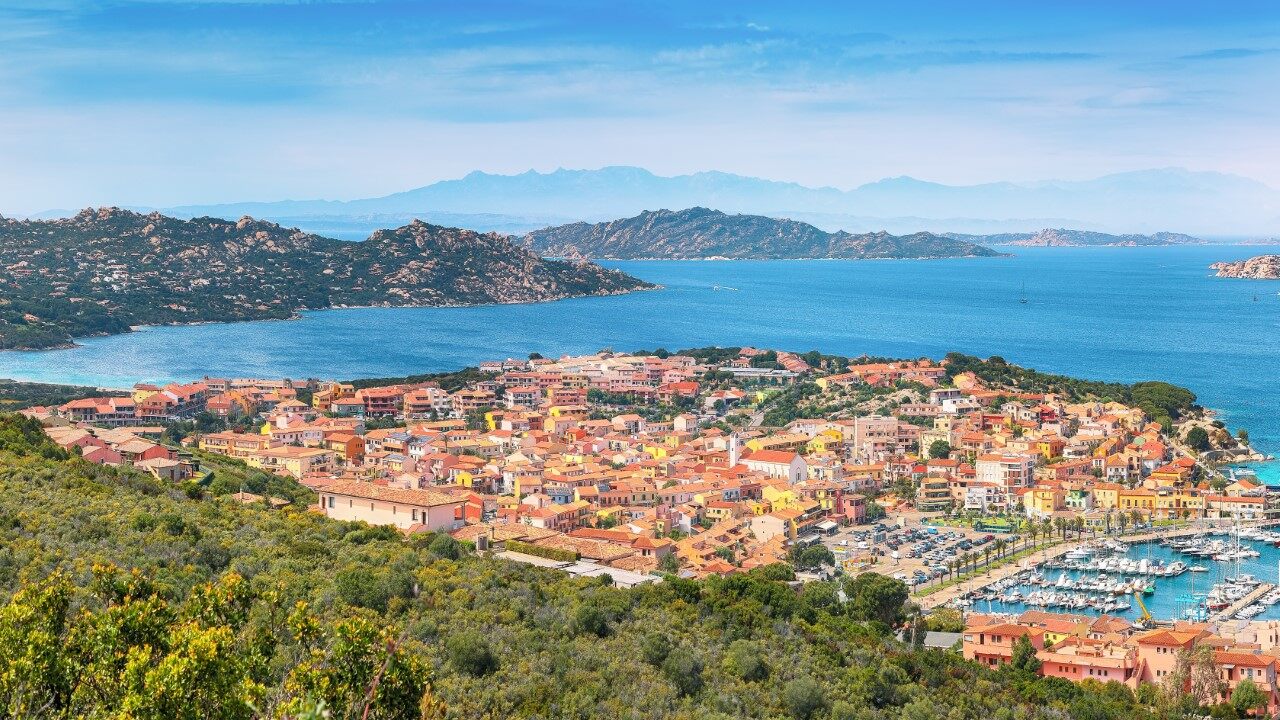
Palau, a stunning island nation in the western Pacific Ocean, offers more than just breathtaking landscapes and crystal-clear waters. This small country, with a population of around 18,000, boasts a rich history, unique culture, and diverse marine life. Did you know Palau is home to the famous Jellyfish Lake, where millions of jellyfish migrate daily? Or that it was one of the first countries to ban harmful sunscreens to protect its coral reefs? From ancient stone monoliths to its vibrant underwater world, Palau holds many surprises. Ready to learn more about this hidden gem? Let's dive into ten fascinating facts about Palau!
Key Takeaways:
- Palau is a tropical paradise with over 500 islands, offering diverse marine life and unique cultural heritage. Visitors can explore Rock Islands, Jellyfish Lake, and ancient stone monoliths for an unforgettable experience.
- With a matriarchal society and a blend of Palauan and English languages, Palau's rich history includes World War II relics and a unique relationship with the United States through the Compact of Free Association.
Palau: A Hidden Gem in the Pacific
Palau, an archipelago of over 500 islands, is a paradise in the western Pacific Ocean. Known for its stunning marine life and rich culture, Palau offers a unique blend of natural beauty and history. Here are some fascinating facts about this incredible destination.
Unique Geography and Biodiversity
Palau's geography and biodiversity make it a standout destination for nature lovers and adventurers alike.
-
Archipelago of Over 500 Islands: Palau consists of more than 500 islands, but only a few are inhabited. The islands are divided into 16 states, each with its own unique charm and attractions.
-
Rock Islands: The Rock Islands are a UNESCO World Heritage site, famous for their mushroom-shaped limestone formations and crystal-clear waters. These islands are home to some of the world's most diverse marine ecosystems.
-
Jellyfish Lake: One of Palau's most famous attractions is Jellyfish Lake, where millions of golden jellyfish migrate across the lake daily. Snorkelers can swim among these harmless creatures, making for an unforgettable experience.
-
Diverse Marine Life: Palau is a diver's paradise, boasting over 1,300 species of fish and 700 species of coral. The waters around Palau are teeming with life, including sharks, manta rays, and sea turtles.
Rich Cultural Heritage
Palau's culture is deeply rooted in its history and traditions, offering a glimpse into the lives of its people.
-
Traditional Bai: The traditional meeting houses, known as Bai, are central to Palauan culture. These intricately decorated structures serve as gathering places for community discussions and ceremonies.
-
Matriarchal Society: Palau has a matriarchal society, where women hold significant power and influence. They play a crucial role in decision-making processes and the inheritance of land and titles.
-
Unique Language: Palauan is the official language, but English is also widely spoken. The Palauan language is part of the Austronesian family and has its own unique script and pronunciation.
Historical Significance
Palau's history is rich with stories of ancient civilizations, colonial influences, and pivotal moments in world history.
-
Ancient Stone Monoliths: The ancient stone monoliths of Badrulchau on Babeldaob Island are a testament to Palau's early inhabitants. These mysterious structures date back to around 100 AD and are believed to have been part of a ceremonial site.
-
World War II Relics: Palau played a significant role during World War II, and remnants of the conflict can still be found throughout the islands. The Battle of Peleliu was one of the war's most intense battles, and visitors can explore the remnants of bunkers, tanks, and aircraft.
-
Compact of Free Association: Palau gained independence from the United States in 1994 but maintains a close relationship through the Compact of Free Association. This agreement provides Palau with financial assistance and defense support while allowing the U.S. military access to its territory.
Palau's Unique Wonders
Palau's unique wonders make it a fascinating destination. From its rich marine biodiversity to its ancient cultural heritage, this island nation offers something truly special. The Rock Islands, with their stunning limestone formations, are a sight to behold. Jellyfish Lake, where you can swim with harmless jellyfish, provides an unforgettable experience. Palau's commitment to conservation, evident in its marine sanctuaries, ensures that its natural beauty remains unspoiled.
The island's history, marked by ancient stone monoliths and WWII relics, adds depth to its allure. Palau's traditional practices and languages, still alive today, offer a glimpse into its vibrant culture. Whether you're an adventurer, a history buff, or someone seeking tranquility, Palau has something to offer.
So, pack your bags and get ready to explore this hidden gem. Palau awaits with open arms and endless discoveries.
Frequently Asked Questions
Was this page helpful?
Our commitment to delivering trustworthy and engaging content is at the heart of what we do. Each fact on our site is contributed by real users like you, bringing a wealth of diverse insights and information. To ensure the highest standards of accuracy and reliability, our dedicated editors meticulously review each submission. This process guarantees that the facts we share are not only fascinating but also credible. Trust in our commitment to quality and authenticity as you explore and learn with us.


